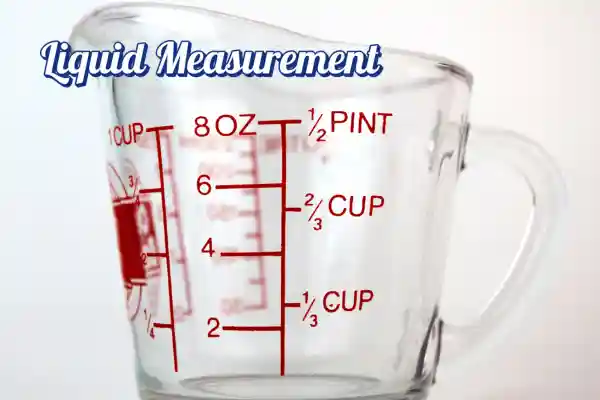What is a Unit of Measurement?
A unit of measurement is a definite magnitude of a physical quantity, defined and adopted by convention or law, that is used as a standard for measuring the same kind of quantity. Units of measurement provide a common language to quantify, compare, and communicate the size, amount, or degree of something,
Whether it’s length, mass, time, temperature, or any other physical property. Without units, numbers alone would be meaningless Tbecause there would be no way to understand what exactly is being counted or measured.For example quantitiy in MT for all worldwide systems of measurement for mass.
1 Metric Ton to Kgs (SI):
1 metric ton equals 1,000 Kg), the SI base unit of mass know as Kilogram.
1 metric tons to Kg (Imperial):
1 long ton equals 2,240 pounds (lbs), which is approximately 1,016 Kg as of 1metric ton to kg in SI System.
1 Short Ton (USCS):
1 short ton equals 2,000 pounds (lbs), which is approximately 907 Kg.
The Importance of Unit of measurement
Suppose you have a mt quantity of 50, but you forget to mention the “mt” unit. Simply stating “50” without specifying the unit eg qunatity mt, creates confusion and makes the information incomplete. Is it 50 kilograms, pounds, or metric tons? But its necessary to mention mt in quantity.
This lack of clarity can lead to misunderstandings, especially in trade, science, and engineering. Clearly stating the unit, such as “50 mt,” ensures accurate communication, consistency, and proper interpretation of measurements in everyday life and professional fields.
Universal Unit of Measurement Systems
Throughout history, many different units and measurement systems were used locally and regionally, leading to confusion and inefficiency. To solve this, standardization became necessary. Today, there are three major systems widely recognized and used globally or regionally:
1. The International System of Units (SI or Metric System)
The SI system, also known as the metric system, is the globally accepted unit of measurement used by most countries around the world. It was developed in France during the late 18th century and is based on decimal multiples of base units, making calculations simpler and more intuitive.
Base units: The system includes seven base units, including the meter (length), kilogram (mass), second (time), ampere (electric current), kelvin (temperature), mole (amount of substance), and candela (luminous intensity).
Units of mass: In the SI system, the kilogram (kg) is the base unit of mass. Other common units are the gram (g), milligram (mg), and metric ton or tonne (t), where 1 tonne equals 1,000 kilograms.
The MT measurement unit’s wide adoption is due to its simplicity and universal scalability. Almost every scientific discipline, international trade, and most countries use SI mt unit of measurement for large quantities in trade.
2. The Imperial System (British Imperial System)
Before global adoption of the metric system as unit of measurement, many countries, especially the British Empire, used the Imperial system. Although the SI system has largely replaced the Imperial system worldwide, it is still in limited use in the UK and some Commonwealth countries.
Units of mass: The Imperial system includes units such as the ounce (oz), pound (lb), stone, hundredweight (cwt), and long ton. For example, 1 pound equals 16 ounces, and 1 long ton equals 2,240 pounds.
Usage: Imperial units are still commonly used in the UK for certain applications like body weight (stones and pounds), some food packaging, and specific industrial uses.
Because of historical ties, Imperial units influenced measurement systems in countries once part of the British Empire.
3. United States Customary System (USCS)
The United States Customary System as unit of measurement shares roots with the British Imperial system but has notable differences, especially in larger units.
Units of mass: Similar to Imperial units, USCS uses ounces, pounds, hundredweight (cwt), and tons, but the values differ. For example, the US hundredweight is 100 pounds, while the British hundredweight is 112 pounds. The US ton (short ton) is 2,000 pounds, smaller than the British long ton of 2,240 pounds.
Usage: USCS is still the standard system for most everyday measurements in the United States, especially in commerce, construction, and personal body weight.

Why Different Systems Exist
The differences in measurement systems stem from historical development, regional preferences, and resistance to change. While most of the world has embraced the metric system for its ease and international consistency, the US and parts of the UK maintain their customary or Imperial units for cultural and practical reasons.
Conversion and Standardization Efforts
Globalization and scientific progress demand uniform measurement standards, especially in trade, manufacturing, and science. This has led to:
- International agreements encouraging metrication.
- The creation of standard conversion factors (e.g., 1 kg = 2.20462 lbs).
- Dual labeling on products to accommodate different markets.
Conclusion
A unit of measurement is the foundation of all quantification in our world, making communication, commerce, and science possible and reliable. The three main measurement systems—the SI, the Imperial, and the USCS—reflect humanity’s diverse history but also highlight the ongoing journey towards universal standardization. Understanding these systems and their units is essential for clear communication and precision in our interconnected world.

